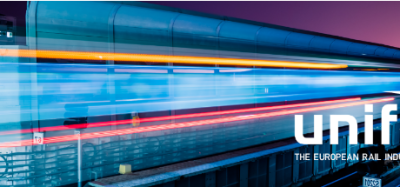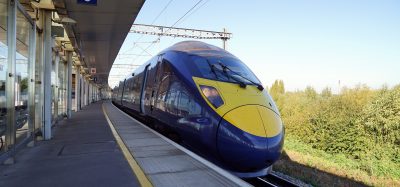European Commission proposes new partnership to improve rail’s competitiveness
Posted: 25 February 2021 | Global Railway Review | No comments yet
In order to support Europe’s technological leadership in rail, the new partnership will work to improve the competitiveness of the industry.


On 23 February 2021, the European Commission (EC) proposed to set up 10 new European Partnerships between the European Union (EU), Member States and/or the industry. The goal is to speed up the transition towards a green, climate neutral and digital Europe, and to make European industry more resilient and competitive.
The EU will provide nearly €10 billion of funding that the partners will match with at least an equivalent amount of investment. This combined contribution is expected to mobilise additional investments in support of the transitions, and create long-term positive impacts on employment, the environment and society.
The proposed Institutionalised European Partnerships aim to: Improve EU preparedness and response to infectious diseases; develop efficient low-carbon aircraft for clean aviation; support the use of renewable biological raw materials in energy production; ensure European leadership in digital technologies and infrastructures; and make rail transport more competitive.
One of the 10 partnerships is Europe’s Rail. This partnership will speed up the development and deployment of innovative technologies, especially digital and automation ones, to achieve the radical transformation of the rail system and deliver on the European Green Deal objectives. By improving competitiveness, it will support European technological leadership in rail.
Adina Vălean, the European Commissioner for Transport, said: “EU partnerships will have a central role to drive the twin green and digital transition for the mobility and transport sector. To make our ambitions come true, we need to develop disruptive technologies bringing zero-emission vessels and aircraft to the market, we need to develop and deploy cooperative, connected and automated mobility, and we need to enable a more efficient and modern traffic management.”
Related topics
Digitalisation, Infrastructure Developments, Operational Performance, Sustainability/Decarbonisation, Technology & Software








